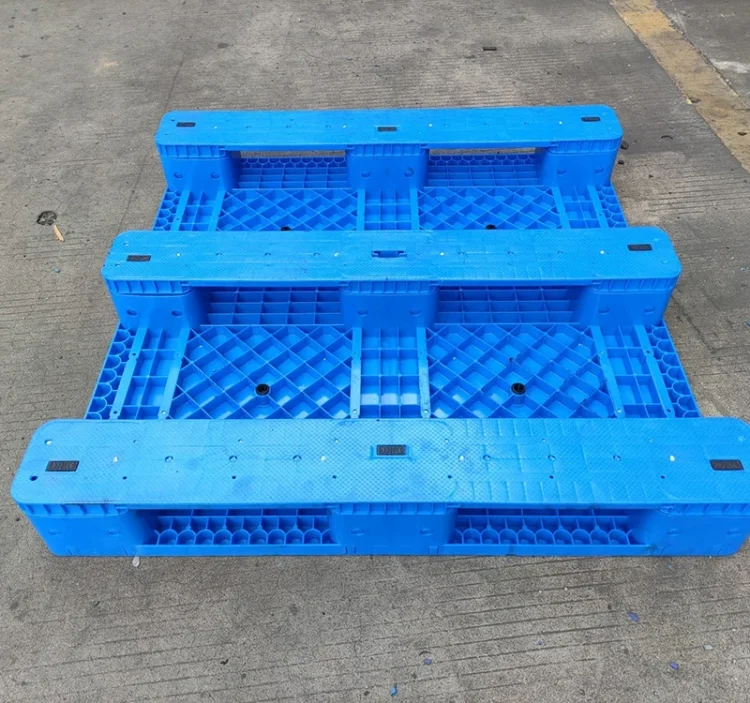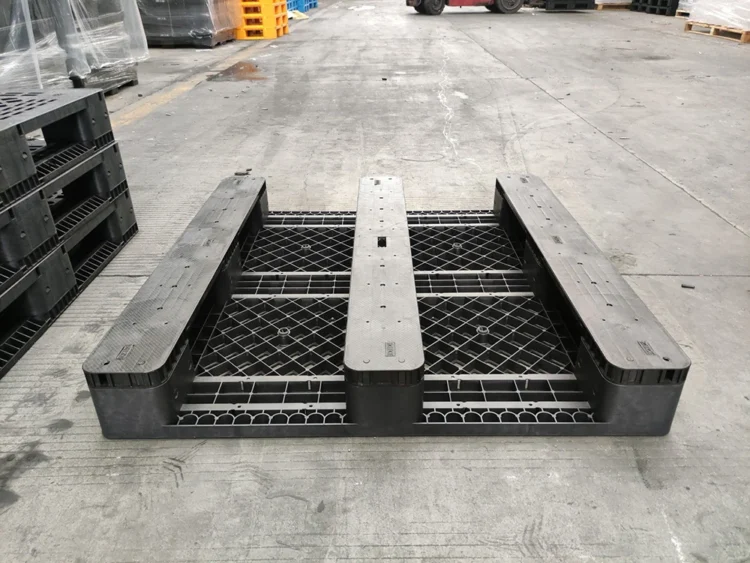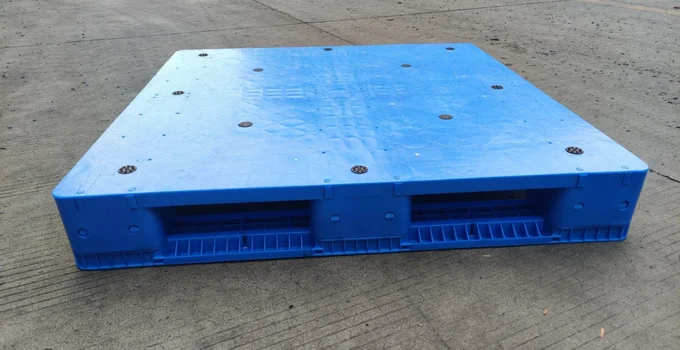When it comes to the transportation of goods and materials, plastic pallets are a must-have. Not only do they provide stability for large and heavy items but also offer resistance to water, dust, and other contaminants. This makes them an ideal choice for both indoor and outdoor applications. With so many types, sizes, and applications on the market, finding the right plastic pallet can be a daunting task.
Page Contents
Types of Plastic Pallets
They come in many different configurations depending on their intended use. Each type offers its own unique benefits which will be discussed in further detail below.
Injection Molded Plastic Pallets
Injection-molded plastic pallets are probably the most widely used type on the market today. These thick-walled thermoplastic ribbed platforms provide strength and durability with minimal material waste. On average, they weigh about 10-20% less than wood due to their hollow construction which increases maneuverability when loading or unloading heavy cargo. These types of plastic pallets also boast improved hygiene since dirt or liquids can’t penetrate through their ribbed pattern; making them safe for food-grade applications like supermarkets or restaurants where sanitation is paramount.
Blow Molded Pallets

Blow-molded plastic pallets are made from a process that uses heated gas to mold sheets of polyethylene into stable platforms with strong yet lightweight construction. This makes them an excellent option for warehouses with limited space since they can easily stack one over another while still providing sufficient support for stored materials up to 1550 lbs. Similarly to injection molded models, these units also boast improved levels of hygiene thanks to their smooth interior surfaces which make cleaning easy regardless if you prefer manual washing or industrial washers/dryers.
Rotationally Molded Pallets
Rotational molding is a great option for plastic pallets, as high-speed spinning creates a dense microstructure than injection and blow molding. This continuous structural unit without joins or welds gives it superior strength, with some pallets capable of supporting loads up to 4000 lbs! Not only that, but the unique thermal properties of rotomolded plastic make them suitable for extreme temperatures, offering protection for your cargo no matter where you’re traveling – from cross-country trips to regions with harsh winters or scorching summers.
Sizes And Dimensions
They come in a wide range of sizes, from 48” x 40” x 6” up to 66” x 47” x 6”+. Most measurements are given in inches, but metric measurements (in millimeters, centimeters, etc.) can also be provided upon request. It’s always best to check with your supplier what standards they use before placing an order. Additionally, there are even smaller versions available such as toddler-size toy boxes – perfect for children who want to play safely at home or outdoors.
Applications Of Plastic Pallets

Plastic crates have a lot of advantages over other materials, such as superior durability, portability, and resistance to moisture damage. These make them an ideal choice for a number of industries, including shipping, manufacturing, food production, pharmaceuticals, retail, apparel, hospitality, and warehousing. In any scenario where it’s important to protect and transport fragile items securely, having reliable plastic containers is essential.
Conclusion
here are many different types, sizes, and applications available when it comes to plastic pallets, so you can find the best one for your specific needs. Whether you’re looking for lightweight yet durable pallets or ones that offer more strength and stability, there is sure to be an option out there for you. With this comprehensive guide on plastic pallets in hand, we hope that you can now make an informed decision about which type will work best for your business’s operations.




